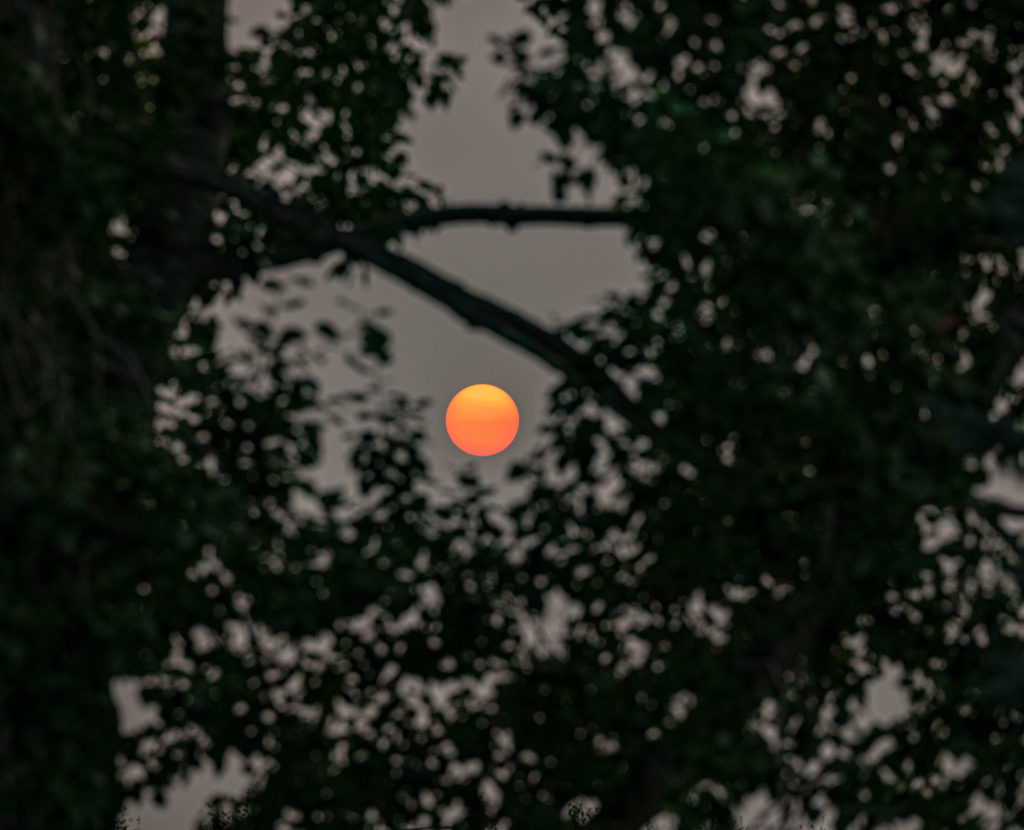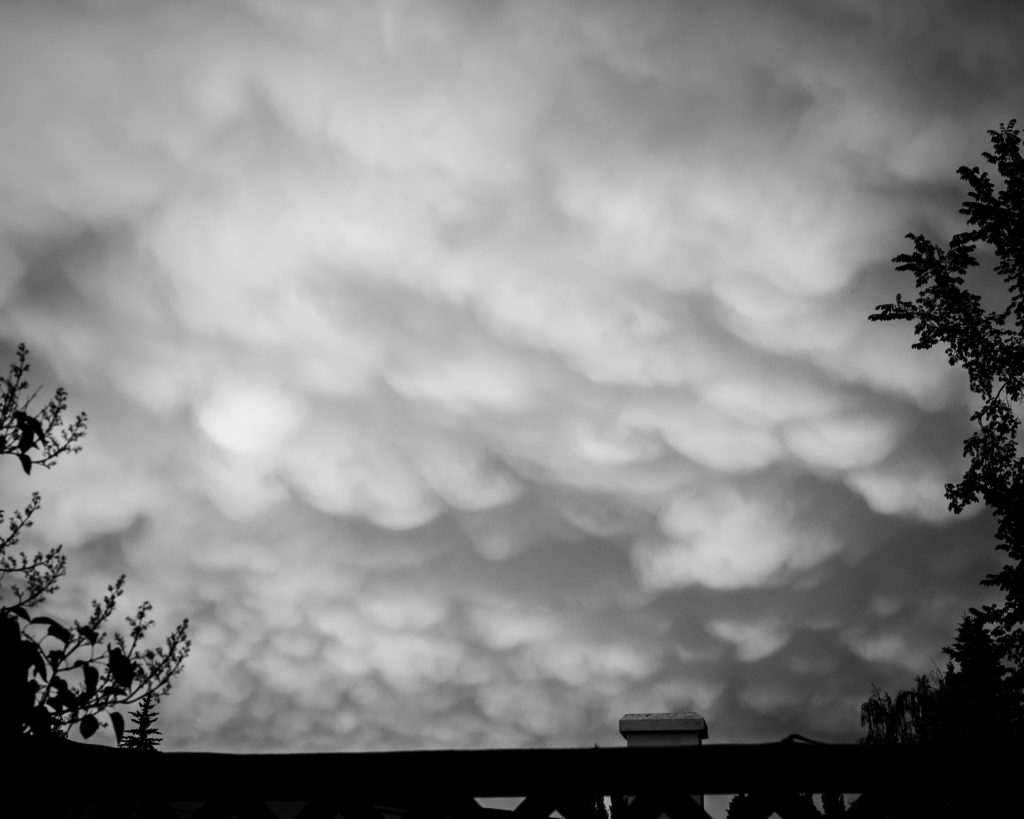
Our planet’s atmosphere, fragile and proportionately thin as the skin of an apple, is not living its best life right now. In my part of the world – western Canada – hundreds of wildfires have filled the air with grey-orange smoke for over a month, and the hot and bone-dry conditions show no sign of letting up. The only star I see these days is an angry red Sun. It’s an ominous sight, but still strangely beautiful as the fine smoke particles strongly scatter blue light out of the line of sight. Others have bigger problems than I, of course, but I do have a long list of astrophotography projects on hold. A good night of stargazing may still be weeks away. Is this the new normal?
Share This:
